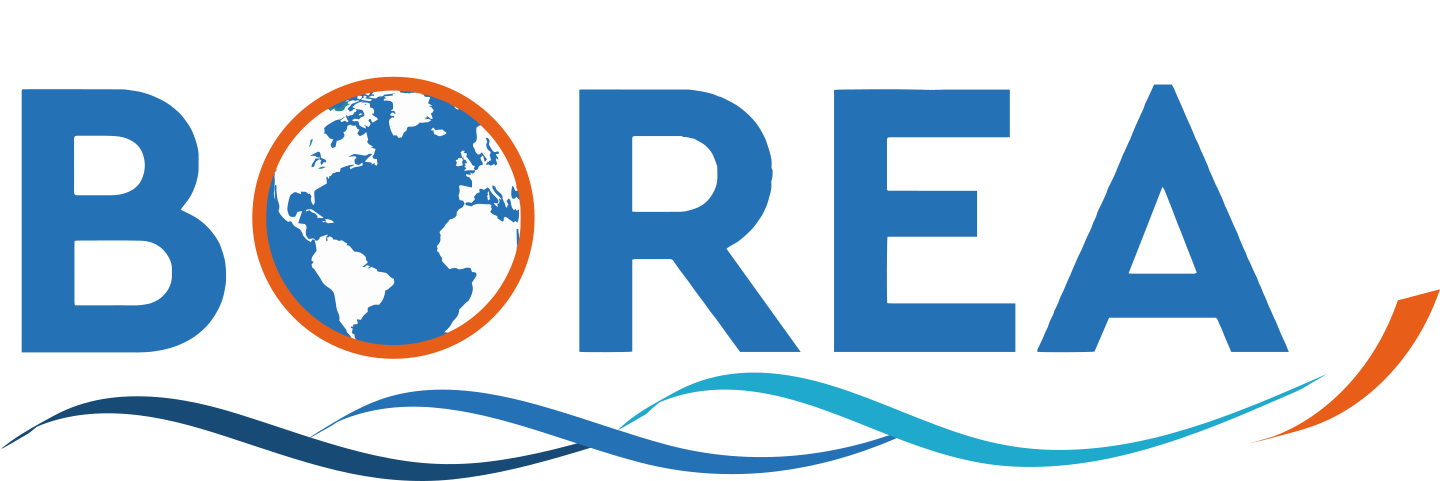
Ancien membre du laboratoire
Epigenetic regulation and functional epigenomics of developemnt and reproduction in a marine invertebrate: understand the evolution of epigenetic mechanisms
How did epigenetic regulation, its molecular mechanisms and biological significance evolve ?
Is RNA methylation an evolutionary conserved vector of epitranscriptomic inheritance of environmental life traits ?
How can the development of organisms in a changing environment, which influences gene expression and chromatin structure, be so reproducible ?
What is the role of the nucleosome chemical modifications in the transient establishment of specific transcriptomes during cell differenciation ?
To contribute answering these questions, I try and understand the role of DNA (de-)methylation (5mC), RNA methylation (m6A-RNA), nucleosome chemical modifications and of their regulators in the development and reproduction in a distant model, the oyster Crassostrea gigas. My research focuses on the description and understanding of epigenetic and epitranscriptomic mechanisms regulating gene expression/chromatin structure in cell differentiation during evolution. For this purpose I'm interested into the embryo development and reproduction (including triploïd oysters), i.e. processes underlied by an important cell differentiation in a context of a strong exposure/sensitivity to environmental parameters.
My benchwork is mostly based on molecular, cellular and biochemical approaches, including high throughput methodologies (MeDIP/BS/MeRIP-seq) as well as the development of functional studies (CRISPR/Cas).
Animal biology, epigenetics, cell biology, developmental biology, evolution.
Co-responsible Master Degree Biology and Health speciality Cancer, Différentiation, Genetics and Biotherapies ('CDG-Biother)
Co-responsible Research Master Degree Aquacaen
Responsible Teaching Unit Aqua 22 Master Aquacaen ‘Methodology- physiology of marine organisms’

